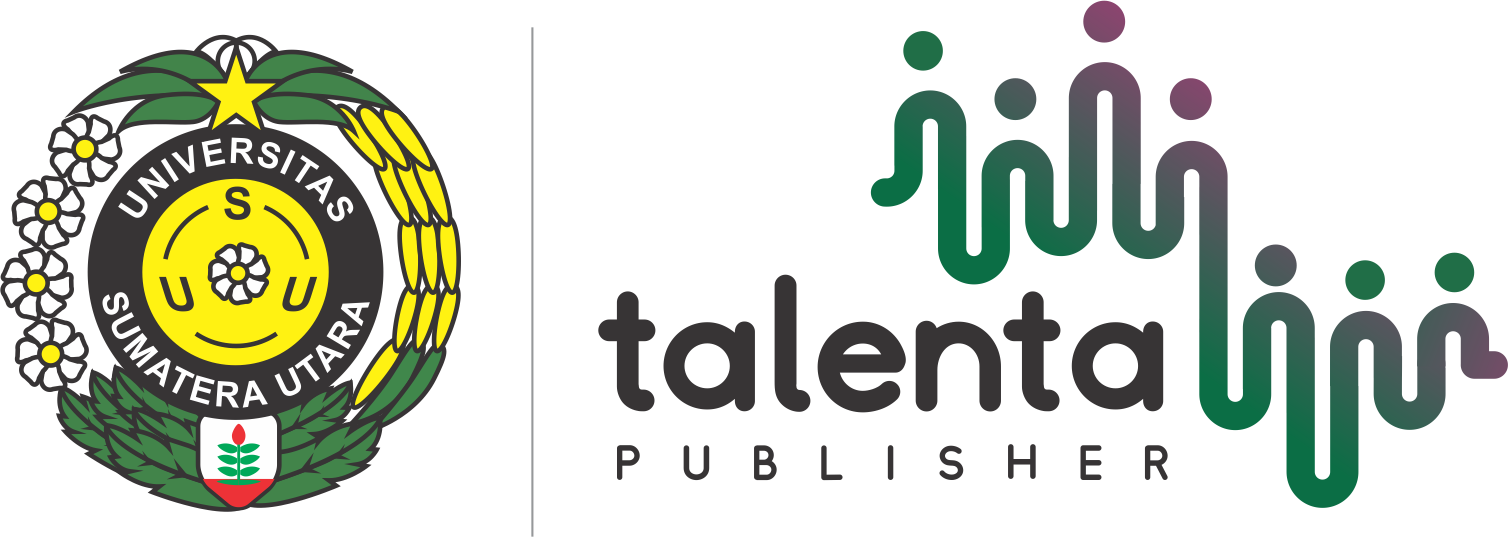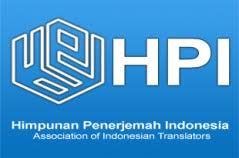Lexical Metaphors and Cultural Defense: How Karo Youths Preserve Tradition through 'Minyak Pengalun'
Keywords:
Cultural Preservation, Lexical Metaphors, EcolinguisticsAbstract
The aim of this study is to explore the role of lexical metaphors in the preservation of cultural heritage among Karo youths, focusing on the traditional practice of using "Minyak Pengalun," a medicinal oil deeply embedded in the Karo people's ecological and cultural identity. A qualitative research design was employed, utilizing semi-structured interviews and document analysis as the primary methods of data collection. Interviews were conducted with Karo adolescents, cultural experts, and traditional healers, while traditional Karo texts were analyzed to identify metaphors associated with "Minyak Pengalun." The results indicate that Karo youths have a deep understanding of the metaphors associated with "Minyak Pengalun," using them actively in cultural practices as a form of cultural resistance. The study also highlights the importance of these metaphors in maintaining Karo cultural identity and ecological knowledge. In conclusion, Karo youths play a critical role in the defense and preservation of their cultural heritage through the active use of lexical metaphors. However, challenges such as the influence of modernity require strategies like cultural education programs to strengthen the connection between Karo youths and their traditions.
Downloads
References
Bang, J. C., & Døør, J. (2007). Language, Ecology and Society – A Dialectical Approach (Ed. by S. V. Steffensen and J. Nash). Continuum, London.
Braun, V., & Clarke, V. (2006). Using thematic analysis in psychology. Qualitative Research in Psychology, 3(2), 77-101. https://doi.org/10.1191/1478088706qp063oa
Creswell, J. W. (2014). Research Design: Qualitative, Quantitative, and Mixed Methods Approaches (4th ed.). SAGE Publications.
Duranti, A. (1997). Linguistic Anthropology. Cambridge: Cambridge University Press.
Fill, A., & Mühlhäusler, P. (2001). The Ecolinguistics Reader. Language, Ecology and Environment. London: Continuum.
Halliday, M. A. K. (1961). Categories of the theory of grammar. Word, 17(3), 241-292. https://doi.org/10.1080/00437956.1961.11659756
Haugen, E. (1972). The Ecology of Language. Stanford University Press, Redwood City, CA.
Lakoff, G., & Johnson, M. (1980). Metaphors We Live By. Chicago: University of Chicago Press.
Lincoln, Y. S., & Guba, E. G. (1985). Naturalistic Inquiry. SAGE Publications.
Muhlhausler, P. (1995). On the relationship between linguistic and biological diversity. In: Myers, D. (Ed.), The Politics of Multiculturalism in Asia and the Pacific. Northern Territory University Press, Darwin.
Patton, M. Q. (2015). Qualitative Research & Evaluation Methods: Integrating Theory and Practice (4th ed.). SAGE Publications.
Saragih, A. (2006). Bahasa dalam Konteks Sosial. Medan: Pascasarjana UNIMED.
Stibbe, A. (2014). Ecolinguistics: Language, Ecology, and the Stories We Live By. Routledge.
Subiyanto, A. (2013). EKOLINGUISTIK: MODEL ANALISIS DAN PENERAPANNYA. HUMANIKA, 18(2). https://doi.org/10.14710/humanika.18.2
Downloads
Published
How to Cite
Issue
Section
License
Copyright (c) 2025 LingPoet: Journal of Linguistics and Literary Research

This work is licensed under a Creative Commons Attribution-ShareAlike 4.0 International License.












